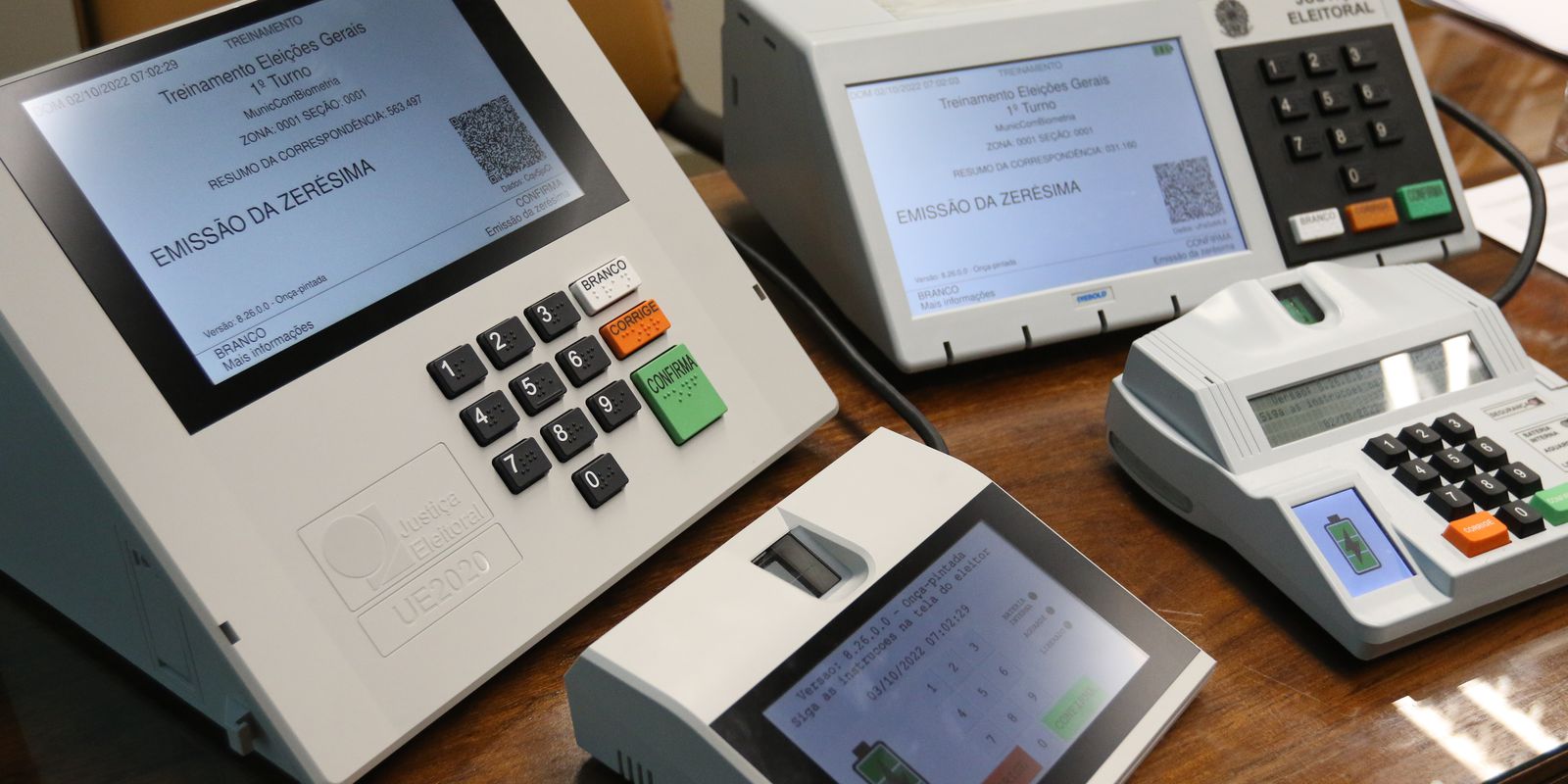Of the more than 156.5 million voters registered to vote in the second round this Sunday (30), about 118 million, which corresponds to 75.5% of the total electorate, have their biometrics registered with the Electoral Court.
Another 38.4 million, totaling 24.48% of voters, have not yet taken fingerprints. Although the biometric registration has been suspended since 2020 to prevent contagion by the new coronavirus, the Superior Electoral Court (TSE) reinforces that everyone with a regular electoral situation will be able to vote, even without registered fingerprints. That is, the absence of biometrics does not prevent the exercise of voting.
Voters without biometric registration will be able to identify themselves by presenting a valid document. This document can be the e-Title, if the application (app) has the voter’s photograph. Otherwise, an official photo ID will be required. It can be an identity card, driver’s license, passport, certificate of reservist, functional identity issued by a class body and even a work card.
look here the complete list of valid documents to vote.
The application e-Title is available for smartphones and tablets and can be downloaded from Google Play and on App Store. The deadline for doing the download of app and issue the digital document in this second round of the election is until this Saturday (29). Anyone who leaves it for election day will not be able to open the app.
The TSE emphasizes that, as in the first round, voters will not be able to enter the voting booth with their cell phones. It is also prohibited to transport weapons and ammunition throughout the national territory by collectors, shooters and hunters on election day, in the 24 hours before the election and in the 24 hours after it.
polling place
Through the TSE Portal, it is possible to find the location in the “Voters and Elections” tab, at the top of the page. When clicking on this topic, the person will be redirected to two menus: in “Voter”, just click on the link “Polling location/electoral zones”.
Still on the main page of the court there is another possibility of consultation. Just access “Voter Self-Service”, “Where to Vote” and fill in the form available with the same personal information to obtain the data. This information can also be checked directly in the e-Título application.
In addition to these options, it is possible to consult the polling place by chatbot (computer program that tries to simulate a human being in conversation with people) of the TSE in Whatsapp. Just send a “hi” to the number +55 61 996371078 or click on link and save the contact to receive the contents of the virtual assistant.
The voter must access the main menu, click on “Access the Chatbot” and then on “view topics”. Then, within “Voter Services”, simply choose the option “Voting location”. From there, the query can be made by the full name, voter registration or Individual Taxpayer Registration – CPF.
Biometry
Despite being used since 2008, biometric identification became controversial in this year’s elections, after failures in identification and in the work of collecting fingerprints that had not been previously registered. The measures caused queues and delays in completing the vote. Voters reported standing in line for about three hours.
With this type of system, upon reaching the voting section, the voter presents a photo ID, voter registration card or the application e-Title for those who already have registered biometrics. Then, he places the fingerprint on the device that makes the recognition, being released for voting in the electronic ballot box.
According to the Electoral Justice, before the use of biometrics, the identification of voters depended exclusively on the work of poll workers, which, because it was human intervention, could cause errors and fraud in voting.
Biometric identification was used for the first time in the 2008 municipal elections, in the cities of São João Batista (SC), Fátima do Sul (MS) and Colorado do Oeste (RO). Then, in the 2010 general elections, biometrics began to be used in 57 more municipalities, and about 1.1 million voters were able to vote this way.
In the 2014 elections, voters with biometrics exceeded 21 million. In 2018, the number surpassed 85 million, reaching almost 120 million in 2020.
The prediction of the Superior Electoral Court (TSE) is to have 100% of the electorate recognized by digital in the 2026 elections.


















